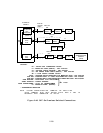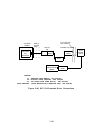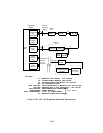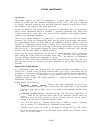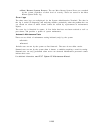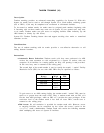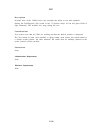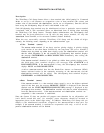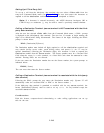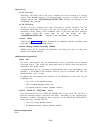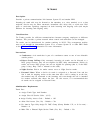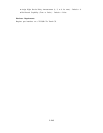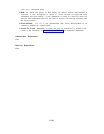THIRD-PARTY CALL SETUP (V2)
Description
The Third-Party Call Setup feature allows a data terminal (the third party) in Command
Mode to set up a call between an on-premises voice or data terminal (the source) and
another voice or data terminal (the destination; can be on- or off-premises). Once the call has
been set up, the third-party drops off and is not included in the call.
Each third-party data terminal may be administered to have a particular source terminal
“associated” with it. This association allows an abbreviated form of dialing when activating
the Third-Party Call Setup feature.
Through further administration, the third-party data
terminal may be given permission to set up calls for any source terminal, for only the
associated source terminal, or for no source terminal (feature disabled).
When the user successfully activates Third-Party Call Setup and has dialed all digits
correctly, the following occurs, depending on the source terminal type:
● Voice Terminal (source)
The source voice terminal (if not busy) receives priority ringing. A priority ringing
cycle consists of two short bursts followed by one long burst. The source terminal’s
handset must be picked up within three ringing cycles; the destination terminal will
then be called. Regardless of the call outcome, the third-party data terminal displays
the message CONFIRMED and DISCONNECTED immediately after calling the
destination terminal.
If the source terminal’s handset is not picked up within three priority ringing cycles,
the third-party data terminal displays the messages NO ANSWER and
DISCONNECTED. If the source phone is busy, the third-party data terminal
displays BUSY and DISCONNECTED.
A call to a source terminal that has the Hands-Free Answer on Intercom (HFAI)
feature activated results in the automatic answering of the source end, and the
destination terminal will be called.
The third-party data terminal displays
CONFIRMED and DISCONNECTED.
● Data Terminal (source)
If the source terminal is a data terminal whose speed is set to the highest optioned
speed of the data port, the message REMOTE SETUP is displayed at the source
terminal and the CONFIRMED/DISCONNECTED message is displayed at the
third-party data terminal.
The destination terminal will then be called automatically
from the source terminal.
If the source terminal and destination terminal are
compatible, a data connection is established.
Since the System 25 does not provide call progress tone detection for an off-premises call
(can’t detect second dial tone,
for example), pause characters should be inserted at
appropriate places in the dialed digit string.
In addition, Third-Party Call Setup calls are
subject to the administered restrictions assigned to the source voice or data port. For
example, if the source terminal is restricted to on-premises calls only, a call to an off-
premises destination terminal will be blocked.
2-239



